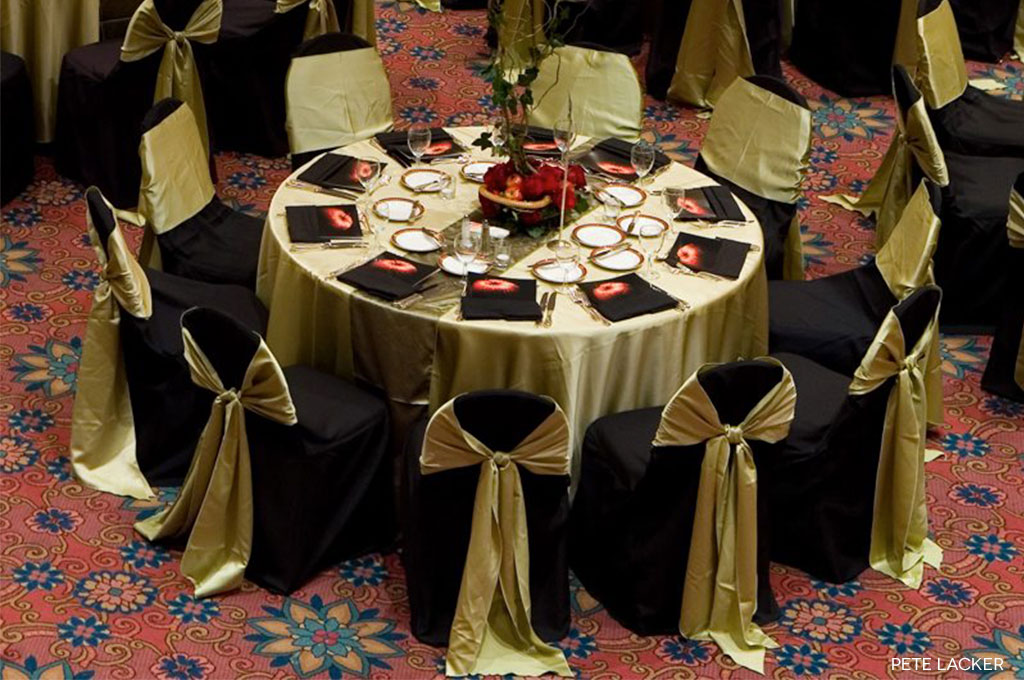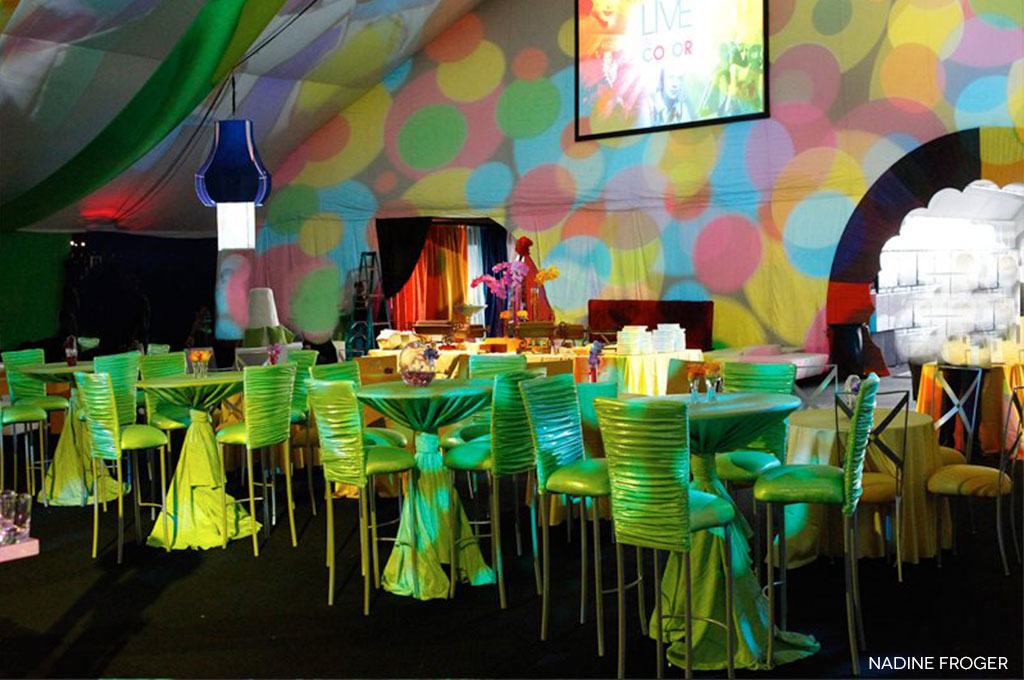
When you’re in the event planning business, whether you’re a planner, caterer, or other vendor, you know the importance of things like word of mouth for growing your business. But did you know that you can create your own sort of promotion that involves simply designing events so that the guests interact with your brand and are more likely to become future customers? Experience design is the practice of designing events and other things (products, processes, etc.) with a focus on ensuring the user (or guest, in this case) enjoys their time and experience with the space. It takes into consideration aspects of psychology, architecture, communication and more, and works to shape a person’s perception and opinion.
How Does It Work?
Experience design, or XD, works by triggering an emotional response (preferably a positive response, of course). There are three stages of the experience:
- 1. Experience/encoding, where the guest first interacts with the brand and encodes the message they’re receiving.
- 2. The guest’s brain decides if what they are experiencing is worth short- or long-term memory. If not a strong message, it won’t be remembered.
- 3. Recall/retrieval: the guest recalls the information/experience.

Why Do You Need It?
Good experience design means guests of the event remember your brand and means they’re more likely to call on you when planning their own event.
You can create good XD by combining sensory experience with emotion‚ create a feeling of luxury by using rich fabrics and colors and unique textures on the event tables.
When you spend time working with your clients to figure out what mood they are trying to set, then translating that into your design, it can mean additional enjoyment for their guests, and in turn, a lot of people asking about who did the table design (or an any other service you provided).
{{cta(’56a7d41f-b786-4040-8c8a-d9587bb92854′)}}

How to Measure If Your XD Worked
There are several different steps to measuring whether your experience design is paying off. These include:
- 1. Awareness‚ finding out how many people are exposed to the design
- 2. Consideration‚ taking polls of those who have worked with you to see whether they’d recommend you, as well as finding out how many of your new customers were guests at previous events.
- 3. Preference‚ Learning which of your new leads have intent to hire you.
- 4. Commitment‚ Tracking whether new customers show interest in learning more about your brand as well as whether they actually hire/purchase.
- 5. Advocacy‚ Tracking the new customers’ word of mouth, and tracking new leads based on their referrals.
As you can see, experience design is an important aspect of your business. How do you engage event guests to help improve the odds that they hire you in the future?